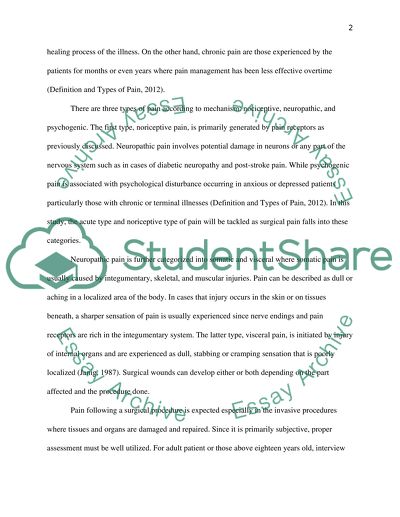Cite this document
(“Pain Management in Cardiac Surgery Essay Example | Topics and Well Written Essays - 4000 words”, n.d.)
Retrieved from https://studentshare.org/nursing/1401438-assessment-and-management-of-pain-after-cardic
Retrieved from https://studentshare.org/nursing/1401438-assessment-and-management-of-pain-after-cardic
(Pain Management in Cardiac Surgery Essay Example | Topics and Well Written Essays - 4000 Words)
https://studentshare.org/nursing/1401438-assessment-and-management-of-pain-after-cardic.
https://studentshare.org/nursing/1401438-assessment-and-management-of-pain-after-cardic.
“Pain Management in Cardiac Surgery Essay Example | Topics and Well Written Essays - 4000 Words”, n.d. https://studentshare.org/nursing/1401438-assessment-and-management-of-pain-after-cardic.


